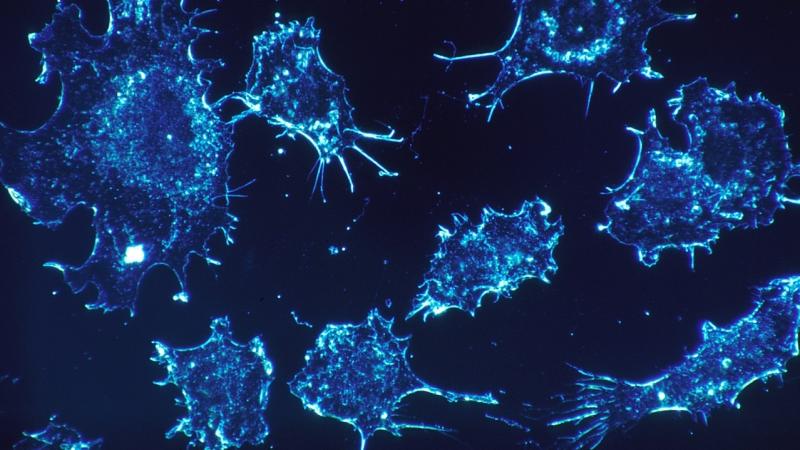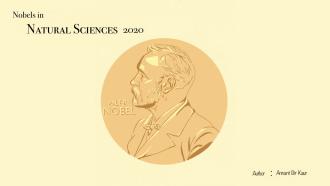
Last week, the world enthusiastically awaited one of the year’s exciting announcements—the Nobel Prize in the fields of Physiology or Medicine, Physics, and Chemistry. First of them to be announced was the Nobel Prize in Physiology or Medicine, jointly awarded to James P. Allison, Professor at the University of Texas MD Anderson Cancer Center, USA, and Tasuku Honjo, Professor at Kyoto University, Japan. They were considered for this prestigious honour for their contributions to cancer therapy using our body’s immune system to attack cancer cells.
“Allison and Honjo showed how different strategies for inhibiting the brakes on the immune system can be used in the treatment of cancer. The seminal discoveries by the two Laureates constitute a landmark in our fight against cancer”, reads the press release from the Nobel Committee.
Our immune system is a robust defence system that protects our body from invaders. However, cancer cells escape its action by blocking some cells from acting against them. Cancer immunotherapy, the concept of using our well-defending immune system against cancer cells, releases these cells to unleash their prowess and kill the cancer cells. Although research in cancer immunotherapy started in the later-half of the 19th century, the pathbreaking works of Prof. James P. Allison and Prof. Tasuku Honjo have turned it to reality now.
In one of our archives, Research Matters had covered the field of immunotherapy in detail, with a feature on how research by Dr Udupi Ramagopal, Associate Professor and Structural Biologist at the Poornaprajna Institute of Scientific Research, Bengaluru, could make immunotherapeutic drugs affordable for all. In summary, these drugs bind to the T-cells, a type of white blood cell in our body, which play an active role in destroying the invaders.
Prof. James P. Allison, also the winner of the 2014 Breakthrough Prize, studied a protein called CTLA-4 that functions as a brake on the T cells and prevents its action against the cancer cells. He developed an antibody that could bind to CTLA-4 and block its function. Prof. Tasuku Honjo discovered another protein called PD-1 on the surface of the T cells which also act as a brake. Although therapy against PD-1 has proven to be more powerful, a combination therapy targeting both these brakes could be even more effective.
Thanks to these efforts, we now have drugs like ipilimumab, sold under the brand name Yervoy, and nivolumab, marketed as Opdivo, which are referred to as ‘checkpoint inhibitors’, bringing a smile to the faces of many patients who are fighting cancer. If the ‘made in India’ drug soon sees the light of the day, it could bring an immunotherapy drug on the aisles of the pharmacy at a fraction of today’s cost!






